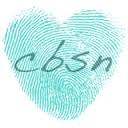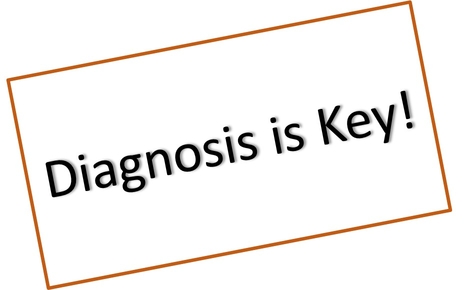How did you find out you were not alone?
Online test
Find out the severity of your symptoms with this free online test

On the Canadian BFRB Support Network(CBSN) blog this was posted by someone who wishes to stay anonymous:
“Someone close to me, who is also a “picker” sent me the link to Amanda Siebert’s recent article in the Calgary Herald about Danielle Roberts and the book “Project Dermatillomania: The Story Behind Our Scars”, and I was struck with disbelief! My senses were overcome and all I could think was “OMG!” and “WTF!” It was incredible to find out that not only someone other than the two of us do this, but there are thousands upon thousands!”
This highlights the important role sites like these and our very own SkinPick.com play in raising awareness about the condition so that more people may get help. It also shows that each of us as individuals has a role to play. When did you first realize you had a recognized clinical disorder?

How is the Diagnosis made?
One of the first issues for a newly diagnosed patient is to consider whether the diagnosis is correct. It is important to validate a diagnosis and be certain of its accuracy. On the other hand, hoping for a misdiagnosis should not be used as a way to vaccilate and avoid treatment for a serious medical problem. Nevertheless, it is prudent to attempt to confirm a diagnosis via methods such as seeking second opinions, consulting specialists, getting further medical tests, and researching information about the medical condition. Misdiagnosis can and does occur and is reasonably common with error rates ranging from 1.4% in cancer biopsies to a high 20-40% misdiagnosis rate in emergency or ICU care. Surveys of patients also indicate the chance of experiencing a misdiagnosis to range from 8% to 40%. When checking for a misdiagnosis of Dermatillomania or confirming a diagnosis of Dermatillomania, it is useful to consider what other medical conditions might be possible misdiagnoses or other alternative conditions relevant to diagnosis. These alternate diagnoses of Dermatillomania may already have been considered by your doctor or may need to be considered as possible alternative diagnoses or candidates for misdiagnosis of Dermatillomania
Why do you need a diagnosis?
Dermatillomania is a serious disorder that is often not diagnosed at all. People don't take it seriously, often brushing it off as just a bad habit, so the person suffers alone, and in silence. Many even report to being scared to seek help. Media and social sites can play a big role in either perpetuating the stigma, or helping to spread awareness and advocate for recognition of the disorder and encourage sufferers to seek help. Knowing that you are not alone on a scary journey is sometimes all that people need to know.
Together, we can all help make a difference...
Online test
Find out the severity of your symptoms with this free online test
Start your journey with SkinPick
Take control of your life and find freedom from skin picking through professional therapy and evidence-based behavioral techniques.
Start Now



